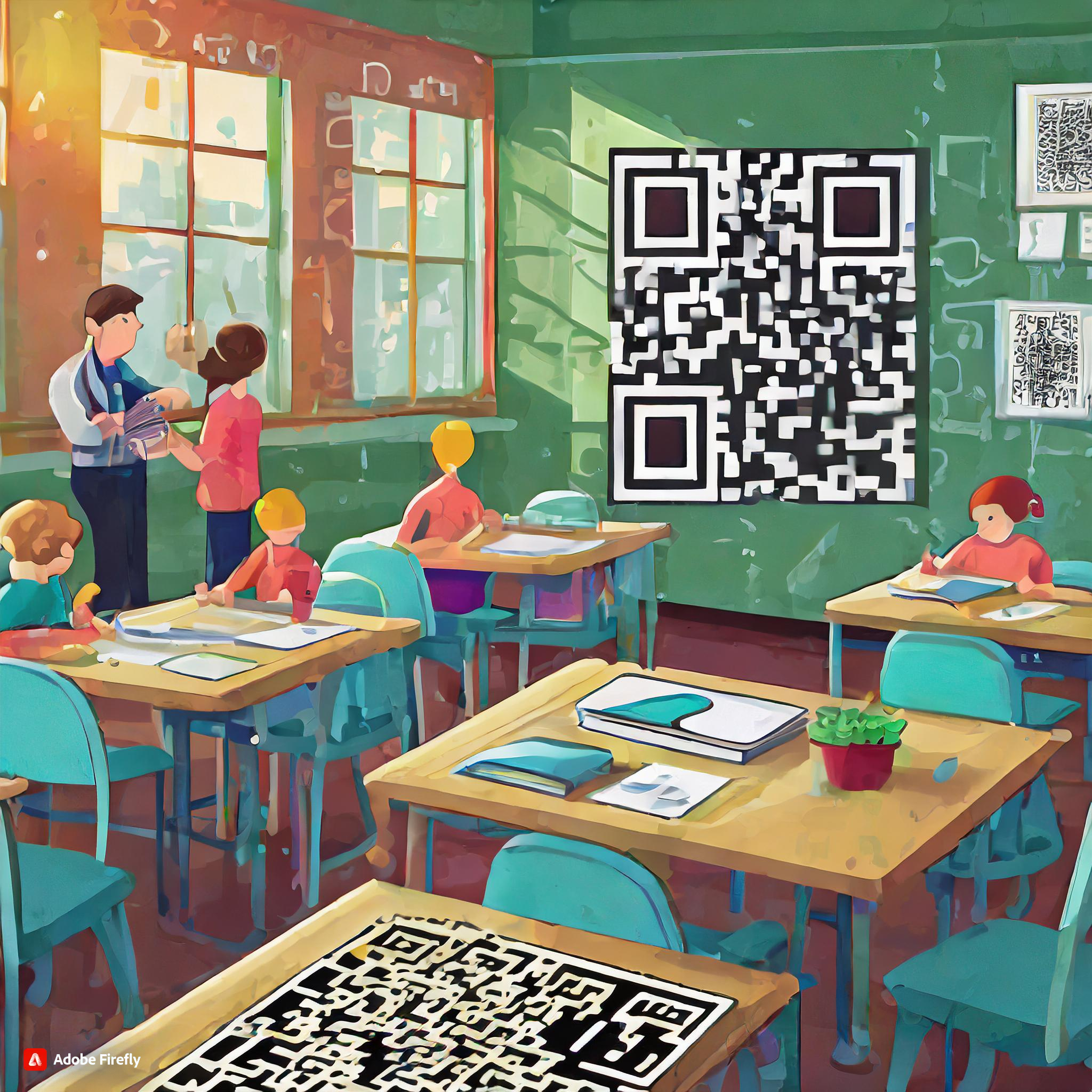“Life is what happens when you’re busy making other plans,” remarked John Lennon. Reflecting on Digital Learning Day in our library, I couldn’t help but resonate with this sentiment. Despite my initial disappointment at missing the mark with my planned activities, I soon realized that digital learning had become an integral part of our library culture, weaving its way into our daily routines more seamlessly than I had acknowledged.
In celebration of Digital Learning Day, I want to spotlight five ways we consistently leverage QR codes to enhance learning experiences within our library:
- Book Trailers: Embracing the short video trend, we utilize QR codes to showcase book trailers, meeting students in their world of multimedia engagement. Whether it’s our own creations, student-generated book talks, or curated online finds, these QR codes adorn high-traffic areas, beckoning readers to explore new literary adventures.
- eMediaVA Resources: From insightful videos on famous authors to engaging content about future career prospects, we integrate QR codes to provide easy access to enriching multimedia resources available through eMediaVA. eMediaVA has some interesting videos about famous authors.
- Library Programming Sign-ups: Simplifying the logistics of program registration, QR codes linked to Google Forms streamline the process for students to sign up for book clubs, workshops, and other library events at their convenience.
- Tutorial Videos and Instructions: QR codes strategically placed near equipment or throughout the library connect patrons to instructional resources, empowering them to navigate library systems, databases, and technology with ease.
- Collaboration and Feedback Channels: Facilitating communication between staff, students, and the library, QR codes linked to Google Forms enable seamless collaboration requests, feedback collection, and survey participation, fostering a culture of continuous improvement. Some quick ideas for where to leave these: -Give staff a folder or packet of library information and put the QR code for collaborating in a prominent location. -Put large codes for feedback or collaboration on the circulation desk. -Place the code on the library website or LMS page
BONUS Idea: Stimulating curiosity with QR codes, we envision interactive experiences that lead users to explore intriguing questions, discover hidden knowledge, or access inspirational content, fostering a spirit of inquiry and discovery.
Fun Fact: Did you know QR codes originated in 1994, initially used for labeling automobile parts? Today, they serve as powerful tools for educational engagement, seamlessly integrating digital resources into our learning environment.
As we embrace the possibilities of QR codes in education, let’s continue to innovate and explore new ways to enhance digital learning experiences. Happy scanning, and here’s to a future filled with endless opportunities for discovery and growth!
Tammy Byram is a library media specialist in Spotsylvania County Public Schools and an eMediaVA Ambassador.
